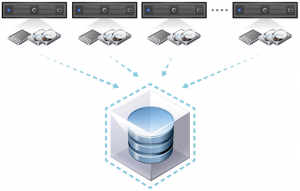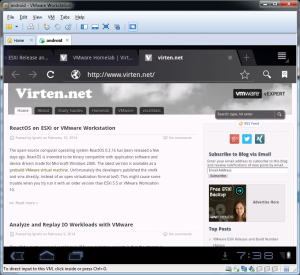Permanently disable ESXi 5.5 coredump file
The new coredump file feature in vSphere ESXi 5.5 creates a file to extend the coredump partition. This usually happens when you upgrade from a previous version to ESXi 5.5, or you install ESXi to a USB drive or SD card. This coredump file is created on a random VMFS datastoore by using a smart selection algorithm. This random placement causes different kind of problems, for example when you want to delete a datastore. Another problem might occur in an EMC VPLEX deployment where you want to failover VMs to the secondary site in a PDL situation (VMkernel.Boot.terminateVMOnPDL=1 / Disk.AutoremoveOnPDL=0). Datastores that had a coredump file configured can't get mounted back when the volume leaves the PDL state after a site failure has been fixed.
To workaround this issue you might want to permanently disable the coredump file. You can't just disable it, as it gets created automatically after a reboot.





